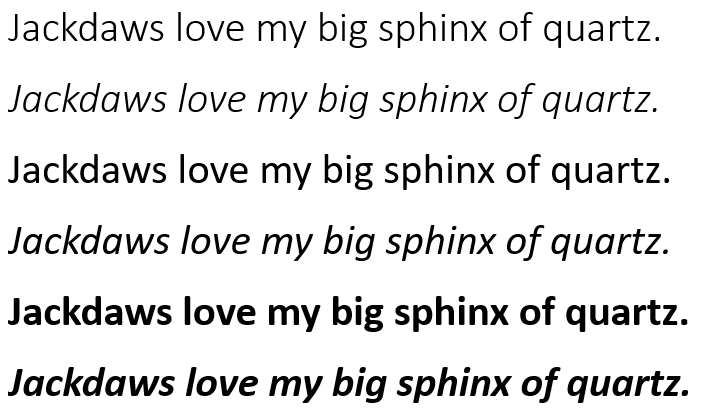If you are a regular Microsoft Office user, you’d know about default fonts. We don’t really think about them that much, but in a bankruptcy case in Canada, the courts were able to make their decision based on the fonts used in the documents provided.
Gerald McGoey and his wife claimed that there were 2 properties in their kids’ trust that were created and signed in 1995 and 2004. The court was able to prove it as false, when they noticed the Cambria and Calibri fonts were for the documents.
Who were the McGoeys?
Gerald and Kathryn McGoey got married in 1994 each with children from previous marriages. They purchased several properties in Canada including a $700,000 in Muskoka, Ontario and a $635,000 farm in Caledon, Ontario. (Source: Naked Security)
Gerald became the CEO of ISP Look Communications by 2004. Unfortunately, the company had some financial issues which led them to selling off at bargain prices. The company was able to get McGoey a $5.6 million payout for closing the deal. This was later disputed by shareholders. (Source: Naked Security)
The company then sued McGoey and other managers by 2011 to reclaim the payment. By June 2017, Look won the case and McGoey lost everything a month later. (Source: Naked Security)
How Did the Court Find Out the Documents were Forged?
While going through the evidence presented, there were details the McGoeys weren’t careful about – the fonts used. The first document dated in 1995 used the Cambria font. The next document dated in 2004 used the Calibri font. How is this important? (Source: Arstechnica)
The fonts Cambria and Calibri were designed in 2002 and 2004, respectively. But they were only widespread by 2007 when they were included with Windows Vista and Microsoft Office 2007.
These fonts were part of the “C Fonts” which were used for ClearType antialiasing. By the time of their release, Microsoft Office switched from Times New Roman to Calibri.
By using the new fonts in the documents they presented, the court was able to prove that they were not written any time before 2007. (Source: Arstechnica)
The court documents specifically say:
Because Cambria typeface did not exist on January 4, 1995, the document set in the typeface Cambria, allegedly dated January 4, 1995, could not have been created or signed on that date.
Mr. Phinney deposes that no one, other than a Microsoft employee, consultant or contract designer, could have created a document such as the Humber Station document using the Calibri typeface in March 2004. Even if they did, however, the Humber Station document uses Calibri’s “tabular lining” numbers, which did not become the default Calibri numbers until after November 2005.
(Source: Naked Security)
Are There Any Other Cases Like This?
There are actually more cases similar to the McGoey’s. This isn’t the first time the courts were able to prove fraudulent documents by just looking at the font used.
Back in 2017, the family of Nawaz Sharif, the former Prime Minister of Pakistani produced fake documents to justify the fortune he has accumulated. His daughter, Maryam Sharif presented a signed document dated in 2006 in Calibri. Basically making the same mistake McGoey did.
In 2012, the Turkish government used documents using Calibri and other C fonts to imprison 300 people that were supposedly involved in a coup attempt. The documents were said to be made in 2003. Even if this fact was pointed out, the defendants were still found guilty. (Source: Arstechnica)
